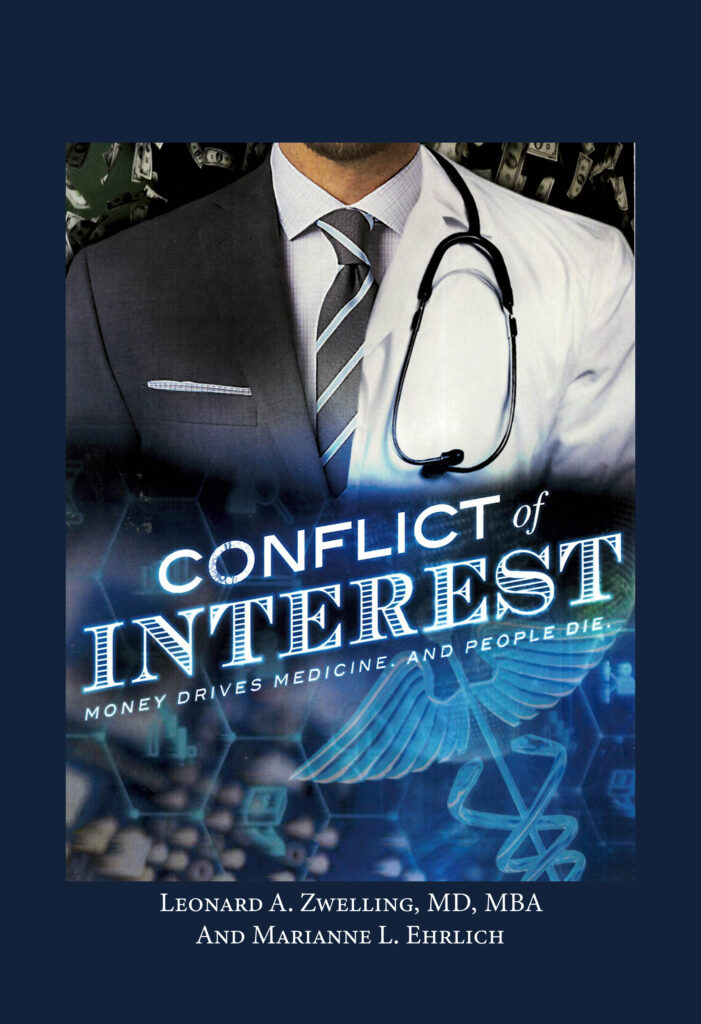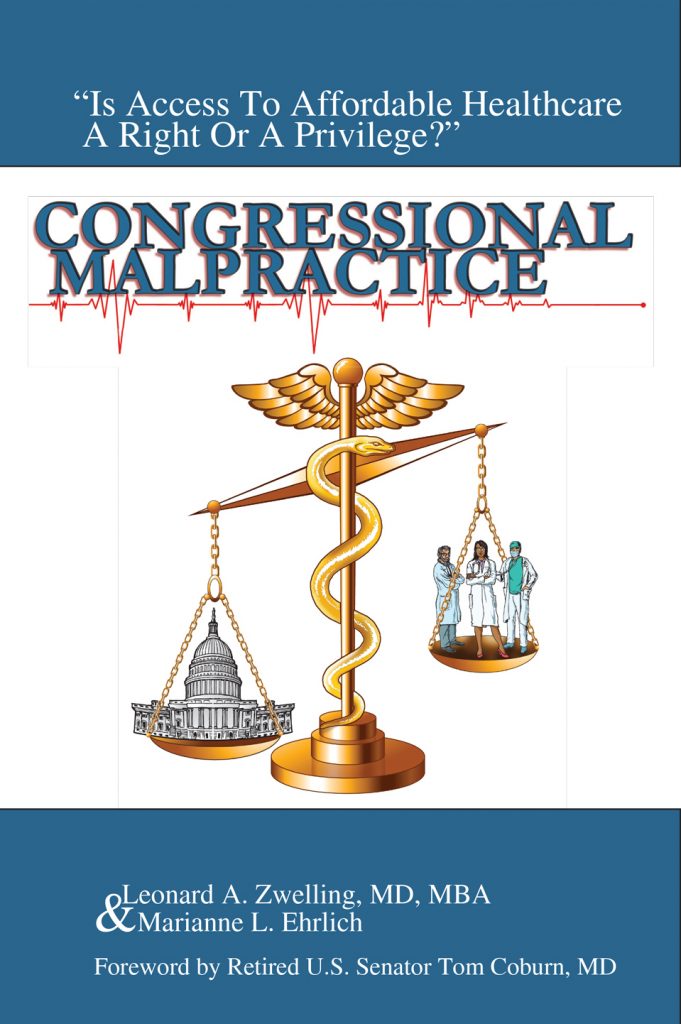The Cost of Costs: Increasing Revenue Streams Is Unlikely To Fill MD Anderson’s Financial Hole
By
Leonard Zwelling
Every household has a budget. When that budget slips into the red, one of two strategies must be invoked. Either the revenue stream must be augmented or the costs contained.
It is no different for MD Anderson.
Over the past year or so, the institution has slipped into a huge financial hole estimated at half a billion dollars or so. Why?
The obvious answer is that revenues have slipped and costs have escalated. Okay. Then what?
The current leadership team and the new president when he or she is named will have to contend with this gap between revenues and costs. What are the options?
If the revenue stream could be enhanced, that would be a good thing. That revenue stream derives over 80% of its value from clinical revenues. So more patients could be seen, the amount reimbursed for each clinical encounter could be augmented, or the efficiency of billing could be improved.
The problem with the first is that it is not at all clear that more patients are there to be seen. There is a lot of competition in cancer care in Houston and the United States now and MD Anderson is still viewed as pricey by third party payers who would rather send their insured to places where the prices are lower. Since there is little objective evidence that sending patients to Methodist instead of MD Anderson lowers quality or clinical outcome, why spend the extra bucks?
MD Anderson can try to negotiate better terms with the payers but, as I said, many third party payers already think that they are paying Anderson too well and are unlikely to bump the reimbursement rates up.
I suspect that there are many improvements in coding, billing and charge capture that could be implemented to improve MD Anderson’s operations and realized income, but again, I doubt that is going to turn around the shortfalls that have become routine at 1515.
I am afraid that the solution is more likely to be found in controlling costs, a far more painful endeavor than raising revenues.
There are essentially two kinds of costs, fixed and variable. Fixed costs stay the same regardless of the volume of business a firm does. Variable costs flex with the volume.
In medical care, most costs are fixed—employees, buildings, air conditioning, etc. The big variable cost at Anderson is probably in the pharmacy.
Thus, the fixed costs of MD Anderson need containment and that means the size of the staff may have to shrink. This is not at all a pleasant thought. What can be done?
First, all attrition must be utilized as a source of staff size decrease. If someone leaves, don’t replace that person.
Second, the clinical staff is the engine of revenue and so probably should absorb the least shrinkage, but that does not mean opportunities for efficiency in care delivery should not be sought. I was impressed as an MD Anderson patient that far more people touched me during a visit for an MRI (I counted 17) than was the case for the MRI I got at Methodist (3). What are all those people at Anderson doing?
Third, research must be carefully examined. First, who is doing the quality work and I define quality as that which is making a difference to patients or other investigators, not whether or not the paper was wedged into Cell, Nature or PNAS. Some of these journals have become well known for publishing less than accurate science, if it can be called science at all, and a bit more local scrutiny should be used to determine the true value of what is emanating from the labs.
Fourth, administration, of which there are way too many levels, must shrink. If the boat building sailed off into the Gulf, would anyone shed a tear? I doubt it.
Academic medical centers are under increasing financial pressure and in the current health care environment, they are unlikely to find salvation in boosting revenues, even by trying to turn themselves into drug companies as Dr. DePinho tried to do with MD Anderson. It will be the centers that pare back their overhead, contain their staffs, increase the value of their research, and cut their administrative burdens that will triumph.
Whether that will include MD Anderson will be up to Dr. Hicks and his successor.




